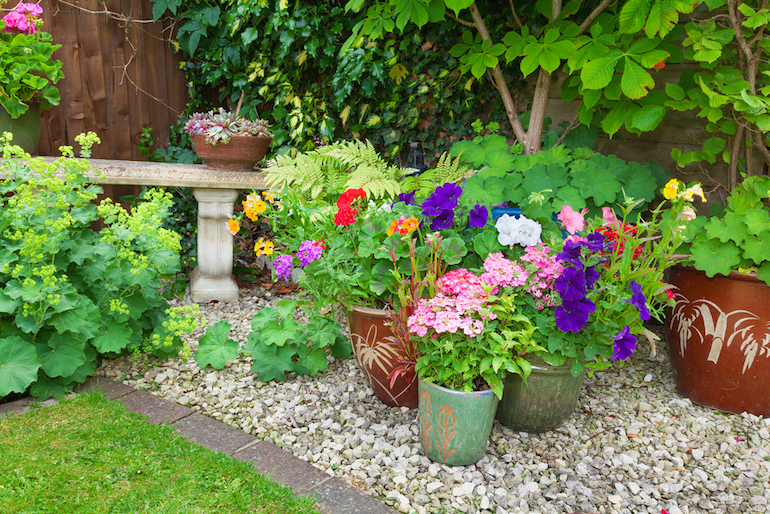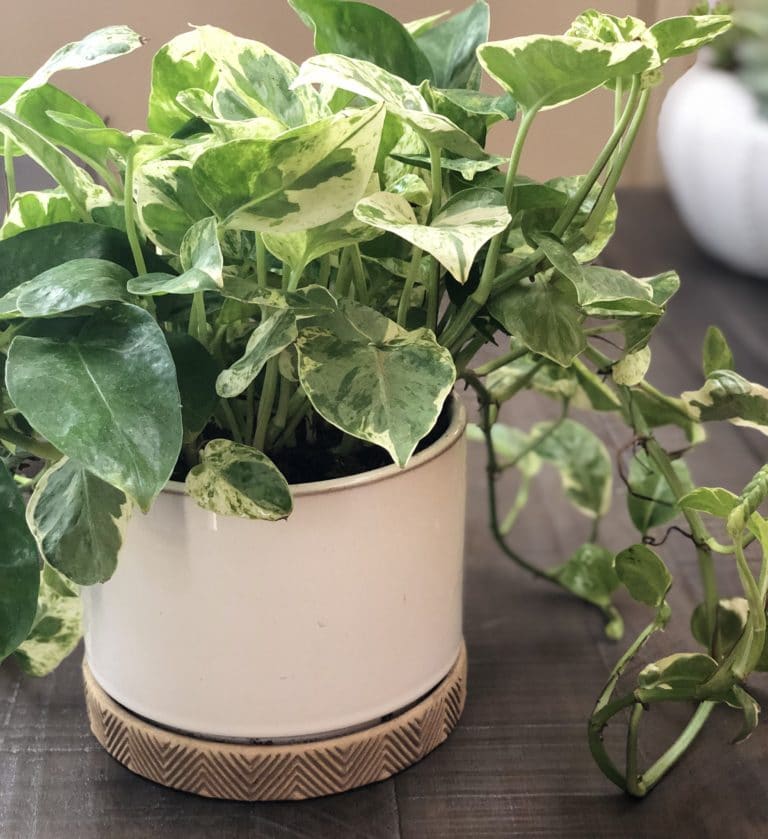Understanding the Challenges of North-Facing Gardens
Gardening on the north side of a house presents a unique set of challenges. The limited sunlight and cooler temperatures can significantly impact plant growth and development. In these conditions, plants may struggle to photosynthesize, leading to stunted growth, weakened immune systems, and increased susceptibility to disease. Furthermore, the shade can also affect the soil, leading to increased moisture levels, which can be detrimental to plants that prefer well-draining soil. To overcome these challenges, it’s essential to choose the best plants for north side of house that are adapted to thrive in low-light conditions.
How to Select Plants that Flourish in Low-Light Conditions
When it comes to selecting plants for a north-facing garden, it’s crucial to choose varieties that thrive in low-light conditions. To do this, consider the following factors: soil type, moisture levels, and temperature tolerance. For instance, plants that prefer acidic soil, such as azaleas and rhododendrons, will excel in north-facing gardens with acidic soil. Similarly, plants that tolerate shade, such as ferns and hostas, will perform well in low-light conditions. Additionally, plants with low temperature tolerance, such as impatiens and coleus, will thrive in north-facing gardens with cooler temperatures. By considering these factors, you can select the best plants for north side of house that will flourish in your unique garden conditions.
Top Performers: The Best Plants for North-Facing Gardens
When it comes to selecting the best plants for north side of house, there are several top performers that excel in low-light conditions. For flowering plants, consider astilbe, bleeding heart, and foxglove, which produce vibrant blooms in shades of pink, white, and purple. These plants are perfect for adding a pop of color to your north-facing garden. For foliage plants, ferns, hostas, and heuchera are excellent choices, offering a range of textures and colors to add depth and interest to your garden. These plants are not only beautiful but also low-maintenance, making them ideal for busy gardeners. By incorporating these top-performing plants into your north-facing garden, you can create a stunning and thriving outdoor space that brings joy and serenity to your daily life.
Shade-Loving Shrubs for Year-Round Interest
When it comes to adding structure and interest to north-facing gardens, shade-loving shrubs are an excellent choice. These plants provide year-round interest, with many offering beautiful flowers, foliage, and berries. Rhododendron, azalea, and boxwood are just a few examples of shrubs that thrive in shade. Rhododendron, with its vibrant flowers in shades of pink, purple, and white, is a stunning addition to any north-facing garden. Azalea, with its delicate flowers and attractive foliage, is another popular choice. Boxwood, with its compact growth habit and ability to be pruned into topiaries, is perfect for adding a touch of elegance to your garden. By incorporating these shade-loving shrubs into your north-facing garden, you can create a beautiful and thriving outdoor space that provides interest and beauty throughout the year. Remember, when selecting the best plants for north side of house, consider factors such as soil type, moisture levels, and temperature tolerance to ensure your plants thrive.
Creating a Thriving Ecosystem: Tips for Soil and Water Management
To create a thriving ecosystem in north-facing gardens, it’s essential to focus on soil and water management. The key to success lies in understanding the unique conditions of north-facing gardens, where the soil may be cooler and more prone to moisture retention. When selecting the best plants for north side of house, consider those that thrive in these conditions. To prepare the soil, add organic matter such as compost or well-rotted manure to improve drainage and fertility. When it comes to watering, adopt a cautious approach, as north-facing gardens are more susceptible to waterlogging. Water plants deeply but infrequently to encourage deep root growth and make them more resilient to drought. Mulching is another crucial technique to retain moisture, suppress weeds, and regulate soil temperature. By implementing these soil and water management strategies, you can create a thriving ecosystem in your north-facing garden, where your chosen plants can flourish and provide beauty and interest throughout the year.
Designing a Beautiful North-Facing Garden: Inspiration and Ideas
When designing a beautiful north-facing garden, it’s essential to consider the unique conditions of the space. By incorporating the best plants for north side of house, such as astilbe, bleeding heart, and ferns, you can create a stunning and thriving outdoor space. To add visual interest, consider a layered planting approach, with taller plants at the back and shorter ones at the front. This will create a sense of depth and texture in the garden. Color schemes can also play a crucial role in enhancing the beauty of a north-facing garden. Cool colors like blue, purple, and green can help to create a calming atmosphere, while warm colors like yellow and orange can add a pop of vibrancy. Decorative elements like statues, bird baths, and garden benches can also add personality and charm to the garden. By incorporating these design elements, you can create a beautiful and inviting north-facing garden that provides a peaceful retreat from the hustle and bustle of daily life.
Common Mistakes to Avoid in North-Facing Gardens
When gardening on the north side of a house, it’s essential to avoid common mistakes that can hinder the growth and development of plants. One of the most critical mistakes is overwatering, which can lead to root rot and other problems. Another mistake is underfertilizing, which can deprive plants of essential nutrients. Failing to provide adequate support for plants is also a common error, as many plants in north-facing gardens require staking or other forms of support to thrive. Additionally, neglecting to mulch and maintain soil health can lead to poor drainage and reduced plant growth. By being aware of these common mistakes, gardeners can take steps to avoid them and create a thriving and beautiful north-facing garden with the best plants for north side of house. By selecting the right plants, such as astilbe and bleeding heart, and following proper gardening practices, gardeners can enjoy a stunning outdoor space that provides a peaceful retreat from the hustle and bustle of daily life.
Conclusion: Bringing Your North-Facing Garden to Life
By following the expert advice and guidelines outlined in this article, gardeners can create a thriving and beautiful north-facing garden that provides a peaceful retreat from the hustle and bustle of daily life. From understanding the unique challenges of north-facing gardens to selecting the best plants for north side of house, designing a stunning layout, and avoiding common mistakes, gardeners now have the knowledge and tools to bring their outdoor space to life. With a little creativity and attention to detail, north-facing gardens can become a haven of beauty and tranquility, perfect for relaxation and enjoyment. So, get started today and watch your north-facing garden flourish!







